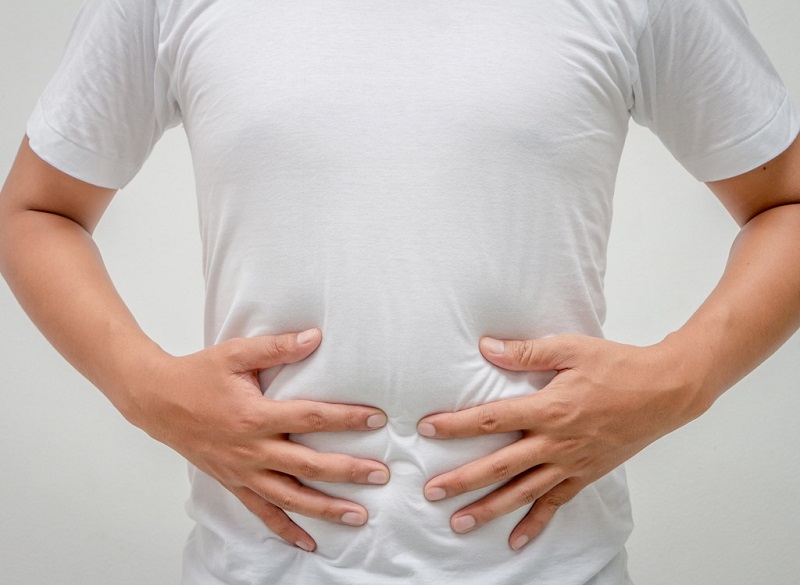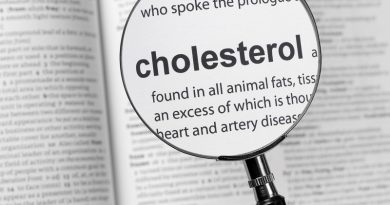10 natural remedies to counter the ulcer
The ulcer is a wound that affects the stomach and involves an increasing number of people. Let’s find out what are the natural remedies that can help us to get better.
For ulcer is defined as a lesion (usually unique, sometimes even multiple) borne by the internal digestive tract mucosa. The most affected traits are the duodenum and the stomach and, for this reason, the disorder is also referred to as a duodenal ulcer (a form, among other things, a more frequent percentage) and gastric ulcer.
The pain is the typical manifestation ulcer: it is described as a burning dense in the upper area and the central abdominal, which presents itself in an empty stomach (at least an hour and a half after meals) and often during the night hours. The disorder frequently shows a seasonal rhythm, manifesting itself especially in spring and autumn. In the gastric form, nausea, vomiting and weight loss can also accompany pain.
To cause the onset of this lesion there is above all an imbalance between the aggressive factors (gastric juice, especially hydrochloric acid, pepsin, pancreatic enzymes) and the defensive factors of intestinal mucosa integrity, which is almost always accompanied by Helicobacter infection pylori, a micro-organism that produces toxins that, once introduced into the organism, is there permanently.
Other factors that may predispose to ulcer formation are non-steroidal anti-inflammatory drugs (NSAIDs), cortisones, cigarette smoking, caffeine or alcohol abuse, and emotional factors. Here are some natural remedies that can help reduce the symptoms and make us feel better.
Ulcer: 10 natural remedies to reduce symptoms
1) Calendula infusion
The Calendula has anti-inflammatory and healing properties of the gastric mucosa, thanks mainly to the content of mucilage. Pour a spoon (5 grams) of Calendula flowers into a cup (about 250 mL) of boiling water, then cover and leave to infuse for 8-10 minutes. Filter and take one dose per day.
2) Decotto of Altea
The root of Altea possesses a soothing, emollient and protective action of the mucous membranes, also of the gastric one. It is consumed following the preparation of a decoction. Pour a teaspoon of crushed Altea root into a cup of cold water to bring to a boil. Then let it boil for a couple of minutes, then turn off the heat and cover. It is left to infuse for ten minutes, then it is filtered. It is preferable to drink the decoction after the main meals. Attention: the root of Altea can also give important hypoglycemic effects; take this into account if you are using diabetes medications.
3) Cabbage juice
The cabbage has repairing, emollient and anti-inflammatory properties. It helps to speed up the healing of wounds and, thanks to the presence of the geo-lumpate, it strengthens the stomach wall protecting it from acids. For these reasons it is often used in folk medicine. To reduce the symptoms related to the ulcer, the leaves are used. To get a richer product in active ingredients, we recommend the variant of the cap and organic cultivation. Wash and cut the leaves, then insert them in the centrifuge or in an extractor. The centrifugation obtained should be taken about a quarter of an hour before the main meals, for at least two consecutive weeks.

4) Licorice
The Licorice is not only good, but brings many benefits to gastroesophageal tract. It is also indicated for the ulcer because of its antispasmodic, antiphlogistic and protective qualities. On the market it is mainly found in the form of tablets, tablets of standardized dry extract and capsules. Attention to those suffering from high blood pressure, given the hypertensive action typical of licorice: in these cases it is advisable to search among the shelves the variant free of glycyrrhizin, active ingredient typical of licorice and responsible for blood pressure.
You may also like to read: Headache: 5 positive things that only the sufferer is fortunate to live
5) Manuka honey
The Manuka honey, obtained from the flowers of the homonymous plant native to New Zealand, is an excellent natural remedy for ulcers due to its inherent antibiotic properties, accentuated by the presence of an active substance called methylglyoxal, also effective against Helicobacter pylori. On the market we find Manuka honey with different methylglyoxal concentrations, from 100 to 550 mg / kg: the higher the number reported on the package, the higher the antibiotic activity of the product. The suggested dose is one teaspoon to be ingested half an hour before the main meals, up to three times a day. It is not recommended for use in diabetics.
6) Decoction of Olmo
The bark of elm is rich in mucilage which give the plant soothing and healing. Helps to reduce painful symptoms and stomach acid . Place 10 g of herbal tea bark in 200 ml of cold water. Bring to a boil and allow to boil for 5-6 minutes. Cover and leave for about 5 minutes, then filter. Drink a couple of cups a day of decoction, better if away from meals.
7) Chamomile
The common Camomile, Matricaria camomilla (and not the Roman variant), mitigates many disorders related to peptic ulcer, thanks to its antispasmodic, analgesic, anti-inflammatory qualities. In the presence of ulcer, the classic infusion is preferable to resort to the dry extract titrated Matricaria camomile: you then take a pair of tablets of 200-400 mg of extract even several times a day.
8) Banana
The banana is an excellent fruit for the good health of the digestive system. Specifically, it helps to heal the wounds of the gastric mucosa and to thicken the stomach walls. Eating one a day will help improve symptoms and will help soothe ulcerative lesions.
9) Infusion of Melissa and Passiflora
The Melissa has antispasmodic action, calms the nervous system and relaxes the muscles, especially when anxiety and stress are poured on the digestive system. The Passiflora reduces nervous tension, has muscle relaxant effect and also favors the night rest. The combination of the two plants helps to placate the painful manifestations and gives greater sense of quiet.
To prepare the infusion, add a teaspoon of lemon balm leaves and a teaspoon of Passiflora aerial parts in a cup of boiling water. Cover and leave to infuse for 8-10 minutes, then filter. It is recommended to consume it in the late afternoon or before going to bed. Warning: lemon balm may be contraindicated in patients suffering from hypothyroidism and being treated with thyroid medications.
10) Ventilated green clay
The green clay is a mixture of mineral salts and plant material decomposed by the many beneficial and therapeutic properties. In case of ulcer, thanks to its slightly alkaline pH helps to reduce gastric acidity, while the presence of different trace elements stimulates the repair of the mucosa. Dissolve a tablespoon of ventilated green clay in a glass of water using a wooden or plastic spoon (do not use metal). It is left to rest for one night so as to allow the clay to settle completely on the bottom. In the morning, better if fasting, you drink the overlying water.
Chili pepper to fight Helicobacter pylori, one of the main causes of ulcers
Some studies have found the antibacterial efficacy possessed by chilli against the Helicobacter pylori, one of the main etiological agents in the formation of peptic ulcers. It is necessary, however, to make a clarification: fighting does not mean eradicating, nor even restoring the intestinal microbiota.
But that is not all. The most common idea has always been that the chili, due to its typical spicy, strong and “irritating” taste, could damage the gastric mucosa and therefore favor the appearance of lesions. In reality, capsaicin (the main active ingredient of chilli pepper) has an almost protective action towards the digestive system: it inhibits the secretion of acids, favors that of the protective muzzle of the gastric wall and stimulates the blood flow of the mucosa itself, in order to help prevent and / or heal ulcers.
Inserting a pinch of spicy from time to time in case of ulcer, therefore, could bring benefits. Of course, not all subjects react or respond in the same way to the use of chilli, so it is preferable to be followed by your doctor about some food choices.




